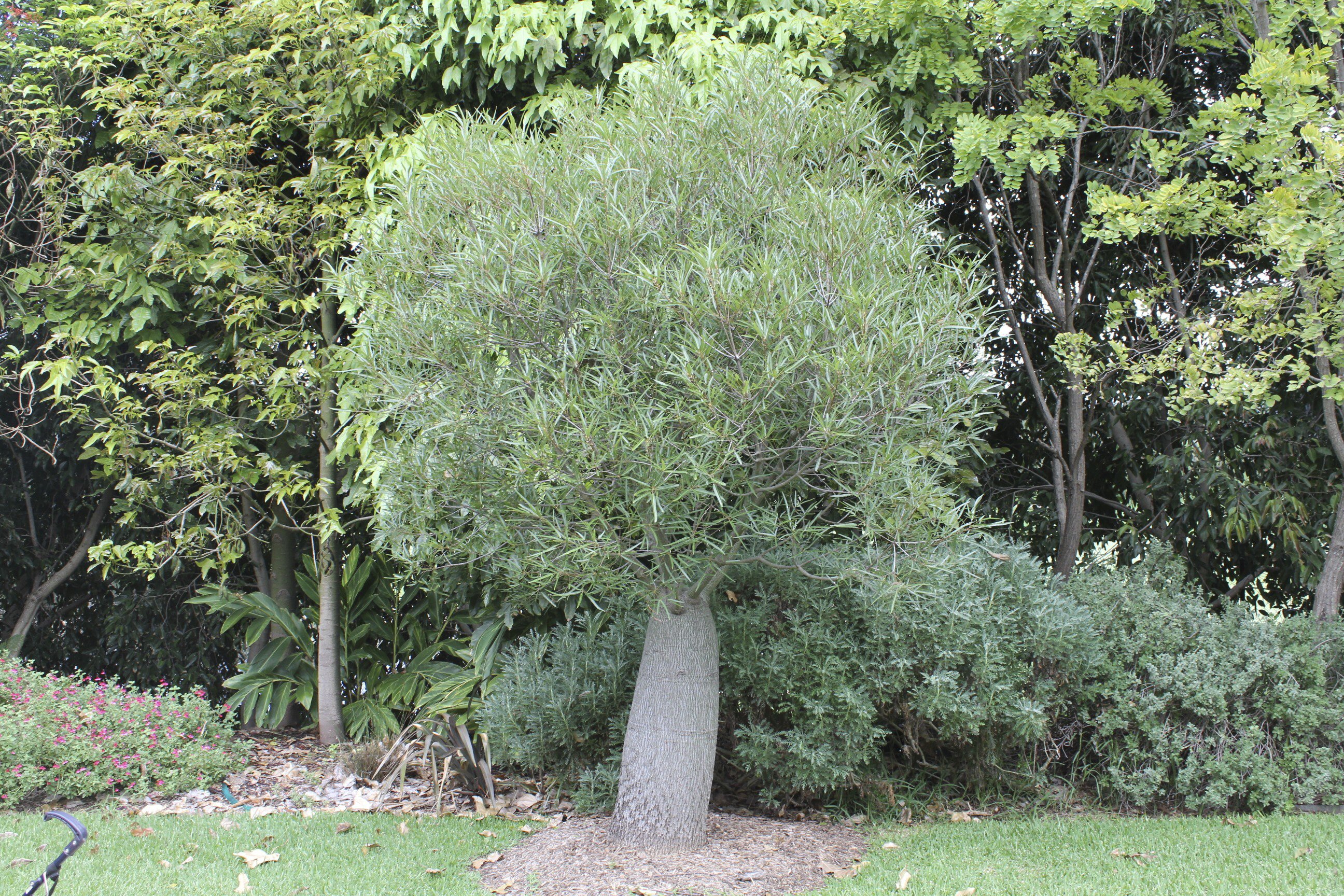Array
(
[0] => Array
(
[id] => 524
[is_published] => 1
[websiteID] => 5
[url] => /gardening/how-to-plant.php
[page_status] => Published
[number_of_ads] => 3
[can_use_editor] => 1
[last_modified_date] => 2013-09-16 00:00:00
[last_modified_by] => Alan
[checked_for_duplicate_content] =>
[title] => How to plant
[heading] => How to plant
[meta_description] => Learn how to plant correctly. Planting correctly will not only get your garden off to a flying start, but it will also ensure that your plants's root systems develop as healthily as possible, maximising their long-term stability.
[article_category_1] => Gardening
[article_category_2] =>
[article_category_3] =>
[article_category_4] =>
[article_category_5] =>
[business_category_1] => Landscaper
[business_category_2] => Nursery
[business_category_3] => Garden Designer
[business_category_4] => Landscape Architect
[business_category_5] =>
[number_of_google_mrecs] =>
[show_google_ad_bottom_of_page] =>
[show_get_quotes_top_of_page] =>
[show_get_quotes_rhs_of_page] =>
[show_directory_search_widget] =>
[show_trending_content_widget] =>
[show_facebook_widget] =>
[show_further_reading_section] => 1
[show_sponsors_section] => 0
[show_top_article_ad] => 1
)
[1] => Array
(
[id] => 200
[is_published] => 1
[websiteID] => 5
[url] => /gardening/native-annuals-and-perennials.php
[page_status] => Published
[number_of_ads] => 5
[can_use_editor] => 1
[last_modified_date] => 2013-09-16 00:00:00
[last_modified_by] => Alan
[checked_for_duplicate_content] =>
[title] => Native Annuals and Perennials
[heading] => Native Annuals and Perennials
[meta_description] => Australian annual and perennial plants can be used to create excitement in your garden as they are quick growing, usually very floriferous and because they are relatively temporary they can be replaced on a regular basis to add something new each year.
[article_category_1] => Gardening
[article_category_2] =>
[article_category_3] =>
[article_category_4] =>
[article_category_5] =>
[business_category_1] => Landscaper
[business_category_2] => Nursery
[business_category_3] => Garden Designer
[business_category_4] => Landscape Architect
[business_category_5] =>
[number_of_google_mrecs] =>
[show_google_ad_bottom_of_page] =>
[show_get_quotes_top_of_page] =>
[show_get_quotes_rhs_of_page] =>
[show_directory_search_widget] =>
[show_trending_content_widget] =>
[show_facebook_widget] =>
[show_further_reading_section] => 1
[show_sponsors_section] => 0
[show_top_article_ad] => 1
)
[2] => Array
(
[id] => 203
[is_published] => 1
[websiteID] => 5
[url] => /gardening/native-hibiscus.php
[page_status] => Published
[number_of_ads] => 5
[can_use_editor] => 1
[last_modified_date] => 2013-09-16 00:00:00
[last_modified_by] => Alan
[checked_for_duplicate_content] =>
[title] => Native Australian Hibiscus
[heading] => Native Hibiscus
[meta_description] => An ever increasing interest in native hibiscus has led to the horticultural development of a number of new cultivars which rival the exotic types in beauty and flower size.
[article_category_1] => Gardening
[article_category_2] =>
[article_category_3] =>
[article_category_4] =>
[article_category_5] =>
[business_category_1] => Landscaper
[business_category_2] => Nursery
[business_category_3] => Garden Designer
[business_category_4] => Landscape Architect
[business_category_5] =>
[number_of_google_mrecs] =>
[show_google_ad_bottom_of_page] => 1
[show_get_quotes_top_of_page] => 0
[show_get_quotes_rhs_of_page] => 0
[show_directory_search_widget] => 0
[show_trending_content_widget] => 0
[show_facebook_widget] => 1
[show_further_reading_section] => 1
[show_sponsors_section] => 1
[show_top_article_ad] => 1
)
[3] => Array
(
[id] => 7
[is_published] => 1
[websiteID] => 5
[url] => /landscaping/gabion-walls.php
[page_status] => Published
[number_of_ads] => 2
[can_use_editor] => 1
[last_modified_date] => 2013-09-10 00:00:00
[last_modified_by] => Alan
[checked_for_duplicate_content] =>
[title] => Stone Gabion walls and fencing
[heading] => Stone Gabion fencing and retaining walls
[meta_description] => Gabion is a wire basket or wire form, filled with stones and shaped into a fence or retaining wall type structure. Read this article to learn more.
[article_category_1] => Landscaping
[article_category_2] =>
[article_category_3] =>
[article_category_4] =>
[article_category_5] =>
[business_category_1] => Landscaper
[business_category_2] => Nursery
[business_category_3] => Garden Designer
[business_category_4] => Landscape Architect
[business_category_5] =>
[number_of_google_mrecs] => 1
[show_google_ad_bottom_of_page] => 1
[show_get_quotes_top_of_page] => 1
[show_get_quotes_rhs_of_page] => 1
[show_directory_search_widget] => 1
[show_trending_content_widget] => 1
[show_facebook_widget] => 1
[show_further_reading_section] => 1
[show_sponsors_section] => 1
[show_top_article_ad] => 1
)
)
Helpful articles
How to plant. Learn how to plant correctly. Planting correctly will not only get your garden off to a flying start, but it will also ensure that your plants's root systems develop as healthily as possible, maximising their long-term stability.
Native Annuals and Perennials. Australian annual and perennial plants can be used to create excitement in your garden as they are quick growing, usually very floriferous and because they are relatively temporary they can be replaced on a regular basis to add something new each year.
Native Hibiscus. An ever increasing interest in native hibiscus has led to the horticultural development of a number of new cultivars which rival the exotic types in beauty and flower size.
Stone Gabion fencing and retaining walls. Gabion is a wire basket or wire form, filled with stones and shaped into a fence or retaining wall type structure. Read this article to learn more.
Plant description
The Queensland bottle tree is a remarkable tree with its fabulous bottle shaped trunk. A large tree, growing to twenty metres tall, so it is best in large gardens, parks and farms where it can be seen at its best. Good for shade. It has clusters of yellow flowers hidden away under the leaves. It is slow growing, and takes a few years to form the iconic trunk. Suits most soils and climate zones. Can take heat and frost well. Best in full sun.
Additional plant information
Flowers
Flower colour: yellow
Flowering season: summer
Plant size
Maximum height: 20 metres
Minimum height: 15 metres
Maximum width: 8 metres
Minimum width: 7 metres
Sunlight, frost & salt tolerance
This plant will tolerate full sunlight.
Medium frost tolerance.
Plant is not salt tolerant.
Fauna attracting?
Yes. Attracts: Birds.
Climate
This plant species will grow in the following climates: cool, temperate, subtropical, tropical, arid.
Soil types & conditions
Loam: dry, moist, well-drained.
Clay: dry, moist, well-drained.
Sand: dry, moist, well-drained.
Miscellaneous information
Planting season: not specified.
Types of fertiliser: not specified.
Find a nursery
Search for another plant

